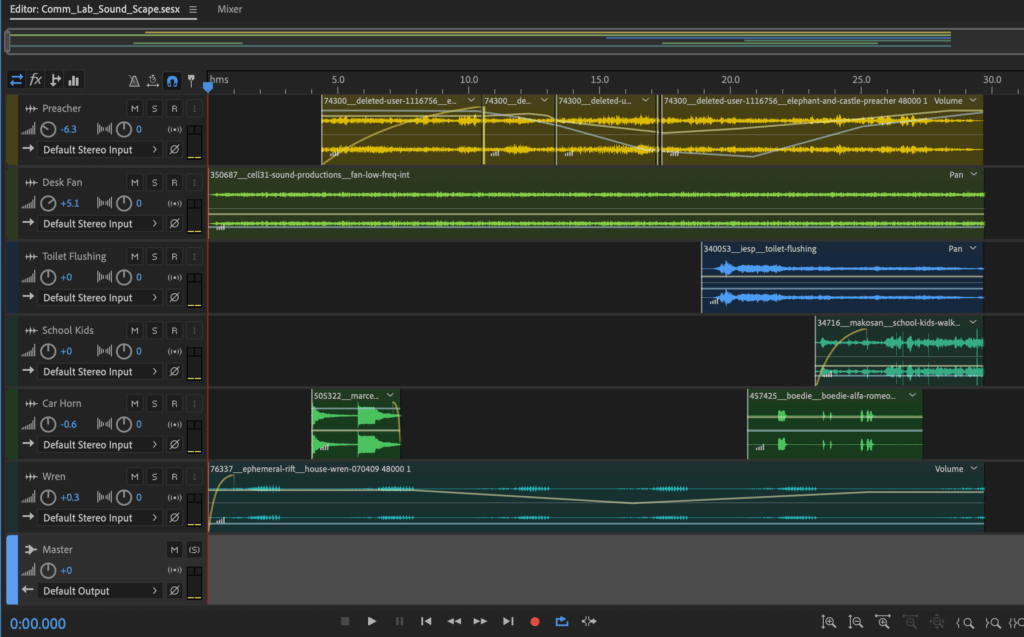A Response to The Danger of a Single Story by Chimamanda Ngozi Adichie
Adichie’s discussion on the dangers of a single story truly resonated with me. To begin with, it brought up a conversation I had many years back with a good friend in Chicago. This friend once told me, “you never know what’s going on in someone else’s life.” This, being a seemingly simple and universal understanding, struck me deeply. I realized I’d been inventing narratives for those I interacted with which were not based on reality but on stereotypes and assumption. These assumptions – being derived from the single stories I was taught – were creating conflict and anxiety instead of compassion and connection. To this day, I carry my friend’s words with me whenever I struggle to find compassion and understanding, and even forgiveness, in the world around me.
Adichie’s words reminded me of another friend’s advice given to me shortly after the 2016 presidential election. This friend told me that we all, including my family whom I was in conflict with, were making the best decisions we could with the information that we had. This, also simplistic understanding, is one that rings true at the same time infuriates. I was not initially sold on his statement. I wanted to hold on to the divisive narratives I was being feed. I didn’t want to let go of that single story in order to see the complexities within, not only the highly charged political environment, but within my family. This doesn’t absolve anyone ignorance or harmful views, but it does create a starting point. A place to find compassion and, hopefully, the willingness to let go in order to find a way forward.
This, in turn, led me to thinking about where we learn these stories – the media, our institutions, our family and friends – and how we choose to hold on to narrows view of the other. Is it fear that keeps our heads in the ground or is it just laziness, or maybe even fatigue that prevents us from doing the work to challenge our own beliefs? I do not know the answer. I can say for sure that it is not as simplistic as one single, overarching idea or narrative. Humans are complex creatures, surviving in an increasingly complex system.
Lastly, I leave you with some questions that came up for me while listening to the words of Cimamanda Ngozi Adichie:
- What narratives do I have only a single story?
- Where can I find compassion and the courage to open up my view to new and different narratives?
- What stories have I held onto and not have the courage or compassion to delve deeper into?
- Is it worth finding the origin of these single stories so as not to perpetuate them or would it be more productive to inundate my world with additional stories instead? Or both?
- What single story-line do others have about me? Am I okay with having a single story?
- Where do I perpetuate stories about others told by those in power?
- Why is the hold of some singular stories so strong?
- What is my investment in certain story lines and how can I divest?
Listening to A History of Sound Art
For this assignment I had originally chosen to analyze Louis & Bebe Barron’s Forbidden Planet (interview and sounds) (1956), roughly 16:30 into the video. I connected first with Barron’s use of circuit sounds to convey emotion (mostly fear) and dying as well as their view of the circuit as a living creature. The interview didn’t offer me much outside of a narrative around their work with Hollywood, so I decided I would select a different section. Arbitrarily, I decided to start the track at 37:04.
Upon pressing play, I was greeted with the soothing sounds of someone or something wading through water. This serene soundscape was interrupted, only slightly though, by a male voice. This voice is part of R. Murray Schafer’s World Soundscape Project which I had just entered the middle of.
The voice had a calming tone and an ease to it that was also bright and engaging. The speaker started with“…no one studied the changes in the acoustic environment…” which led into sounds that demonstrated an of array pitches and, less so, amplitudes. These were short and active sounds which rolled one into the other.
Next the voice stated, “you don’t notice the sounds you’ve grown accustomed to are disappearing.” This was followed by sounds that touched on the speaker’s comment. These were
commentary between two speakers reminiscing on sounds of sleigh bells, presumably sounds that had disappeared from their own lives.
The voice then declared, “disappearing sounds become romances.” There is a longing for a past in that statement, one which is connected to the human heart. The subsequent sounds – a twangy guitar riff, dialogue asking “Where did they go,” followed by a very round operatic passage – all three embodied a sense of loneliness and longing. They also included a release at the end of their moment in the form of decrescendos.
Lastly, the voice proclaimed, “new sounds are almost always phobias.” This was followed by a shriek for which I then chose to end the track and my aural analysis.
From what I can surmise, the artist who created the overall track, used sounds from Trevor Wishart’s Red Bird (1978) to illustrate the points R. Murray Schafer was making in his piece World Soundscape Project.
Creating a Sound Collage:
Sitting at Desk: Brooklyn
This soundscape aims to show what it is like to sit at my desk on any given day. 7 different prerecorded tracks from freesounds.org were used to compose this soundscape.
In the end, I was able to get a basic understanding of the program through this exercise and how to proceed learning Adobe Audition.
